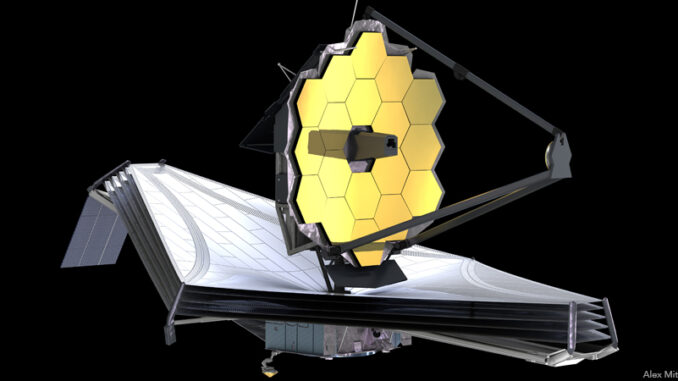
Native American Leader Dies at 85
Clyde Bellecourt, a co-founder of the American Indian Movement died last week in Minneapolis, Minnesota. He was 85 years old. The American Indian Movement (AIM) is a worldwide advocacy group that fights for indigenous people’s civil rights. Currently, it represents more than 375 million indigenous people around the globe.
Bellecourt was Ojibwe (Chippewa) and was born and raised in Minnesota on the White Earth Indian Reservation. He was the son of a disabled World War I veteran and one of twelve children. Bellecourt grew up in a home with no electricity or running water. He co-founded AIM in 1968, along with Russell Means and Dennis Banks. At that time, it was just a local organization dedicated to fighting police brutality against Native people in Minneapolis. It later expanded both geographically and in the scope of its mission. AIM now works to preserve indigenous people’s history and battle cultural appropriation (especially in sports and the media). AIM also fights against widespread poverty and discrimination and promotes educational improvements for Native Americans. At its foundation, AIM’s goal is to re-connect indigenous people through a deep strength and spirituality, and to use that power to reverse policies and practices that cause harm to indigenous populations.
In the 1970s, Bellecourt was known as a controversial figure who supported several armed standoffs against the U.S. government as he led the struggle for Native rights and recognition. However, he later pivoted in his mission and focused instead on education. Most recently, he spoke out against dehumanizing Native Americans by using them as sports mascots.
Dig Deeper In 1972, Bellecourt helped lead an event called the Trail of Broken Treaties. What was it? What was its goal? Was it successful? Use Internet resources to find out.
Historic Space Telescope Fully Deployed
Have you heard of the Webb Space Telescope? James Webb was NASA’s administrator from 1961 to 1968, and the telescope named after his is the largest, most powerful, and most complex telescope ever launched into space. It has the capability to “read” infrared light that was given off by the first stars and galaxies over 13.5 billion years ago. Its instruments can also study the planets in our solar system to learn more about their origins and how they have changed over time. It can also examine exoplanets, or planets that orbit other stars.
The Webb telescope launched on December 25, 2021, at 7:20am EST, with its primary mirror folded to fit inside the rocket that launched it. It then began travelling its million-mile journey to its permanent orbiting position around the Sun but being shielded by the Earth. It also began unfolding, aligning, and calibrating its eighteen mirrors, sunshield, and other instruments. On January 8, 2022, the mirror was unfolded successfully–a major milestone for the mission. Fully unfolded, the mirror is about the size of a tennis court and weighs 13,700 pounds. NASA scientists still need to remotely align all of the telescope’s other parts, but all of its major deployments are now complete.
The Webb launch is a partnership between NASA, the European Space Agency (ESA), and the Canadian Space Agency. The first images from the telescope should reach Earth this summer.
Dig Deeper Visit the “Where is Webb?” feature on NASA’s website and answer the following questions: How many miles from Earth is Webb right now? How much of its journey has it completed? What is its temperature on the side facing the sun? On the side facing away from the sun?
White House Sends More COVID Tests to School
Across the nation, many schools are struggling to stay open during the surge of the Omicron variant of the coronavirus. Infection rates across the United States to soar higher than they’ve been at any other point since the pandemic began in March 2020. The Biden administration has announced that it will send five million rapid COVID-19 tests to schools every month to help control the spread of infections. Both public and private schools are eligible to receive the tests., But it is up to each individual state to decide which schools to prioritize.
The White House is committed to sending all of these tests to schools every month to help the Centers for Disease Control (CDC) maintain its “test-to-stay” strategy. This strategy is that if students and teachers have easy access to fast and accurate testing, it will be possible to keep them in school even after possible exposure. President Biden has also stated that he is looking at ways to make more high-quality masks (such as N95) available to schools and to the public.
What Do You Think? What strategies has your school put in place to address the latest coronavirus surge? Discuss the details with your classmates.
Fish Out of Water
In terms of scientific advancements, teaching two fish to drive a car might seem low on the list of priorities. But two Israeli scientists have done it anyway.
How is such a thing possible? Here’s what happened. Six goldfish were placed in a robotic, wheeled tank, called a Fish Operated Vehicle (FOV). A motion-sensing camera monitored the movement of the fish. When they swam close to one side of the tank, it caused the wheels on that side to move. The fish eventually learned that they could control the direction of the car by swimming to one side or another. Once they reached a particular target on the other side of the room, they were rewarded with a fish treat. The fish were able to complete this task successfully many times, even when obstacles, false targets, and dead ends were placed in their way.
So why does it matter? A couple of reasons. First, it shows that fish are capable of accomplishing a familiar task in an unfamiliar environment. (This experiment, for example, showed that fish, which navigate just fine in water, can do so on land as well.) Second, it dispels the myth that fish memories only last a few seconds. It also shows that fish, like humans, can solve complex problems.

